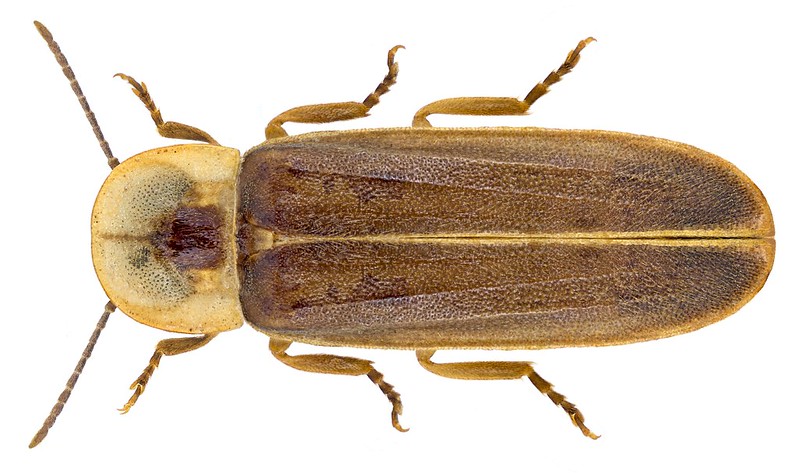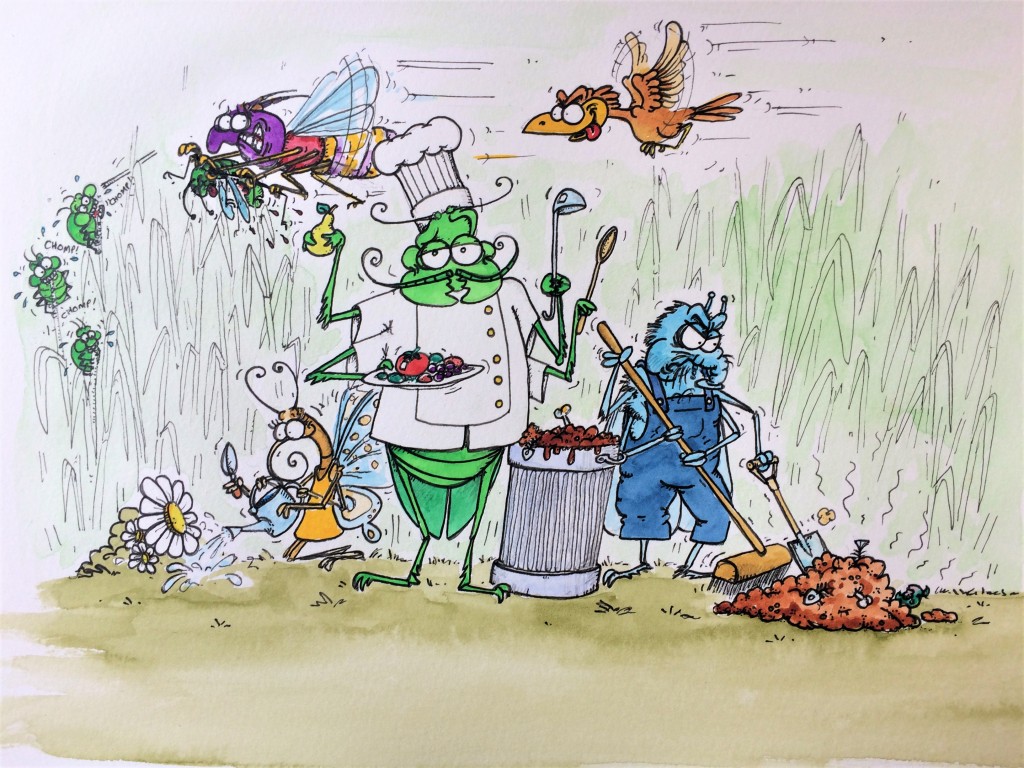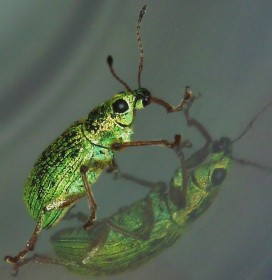Let there be Light!
When is a worm not a worm? When it’s a glow-worm… because a glow-worm is actually a beetle!


Male glow-worms look like typical beetles with wing cases (elytra) covering their second pair of wings, but the females are very different, having no wings and resembling beetle larvae. It is the females who emit a greenish-orange glow from their back ends by a process called bioluminescence. Light is produced by energy released from chemical reactions occurring inside the glow-worm’s body. In nature, bioluminescence occurs in many different types of organisms from bacteria to marine vertebrates and invertebrates. It serves different purposes such as to warn or evade predators; lure or detect prey; or, in the case of the glow-worm, as a means of communication. The female glow-worms use the light to attract males. Male glow-worms have large eyes with a high degree of sensitivity to light, so they are well adapted to being able to spot females in the dark. Once the glow-worms have mated, the females stop glowing and lay their eggs. If you are out for a night time walk in an area of grassland in June or July, you may be lucky enough to spot these amazing insects glowing in the dark! Glow-worms can be found in England (particularly in the South), but also in lowland Scotland and Wales.
Ferocious Predators

It is not only the female glow-worms who can glow, however. The larvae are also able to flash a light on and off and it is thought that this is to deter predators or to help with their night time hunting. Glow-worm larvae are ferocious hunters of slugs and snails! They have formidable mandibles and inject toxins into their prey which paralyses and liquefies them. The toxin can take a while to take effect so the larva may ride around on the shell of the snail, waiting for it to die! The larval stage of the glow-worm lasts for between 2 and 3 years. Winters, when prey is scarce, are spent in a state of torpor under logs and stones, or buried in the ground.
The Race is On!
Once the larvae have pupated, the glow-worms need to mate as quickly as possible. They do not eat as adults and only have enough stored energy from their larval stage to survive for about 10 days before starving to death. Hopefully with a bright lantern to attract the males, the females will mate successfully and have her eggs fertilised before dying.












